Blog
Album Of The Day: Open Sky by Iona
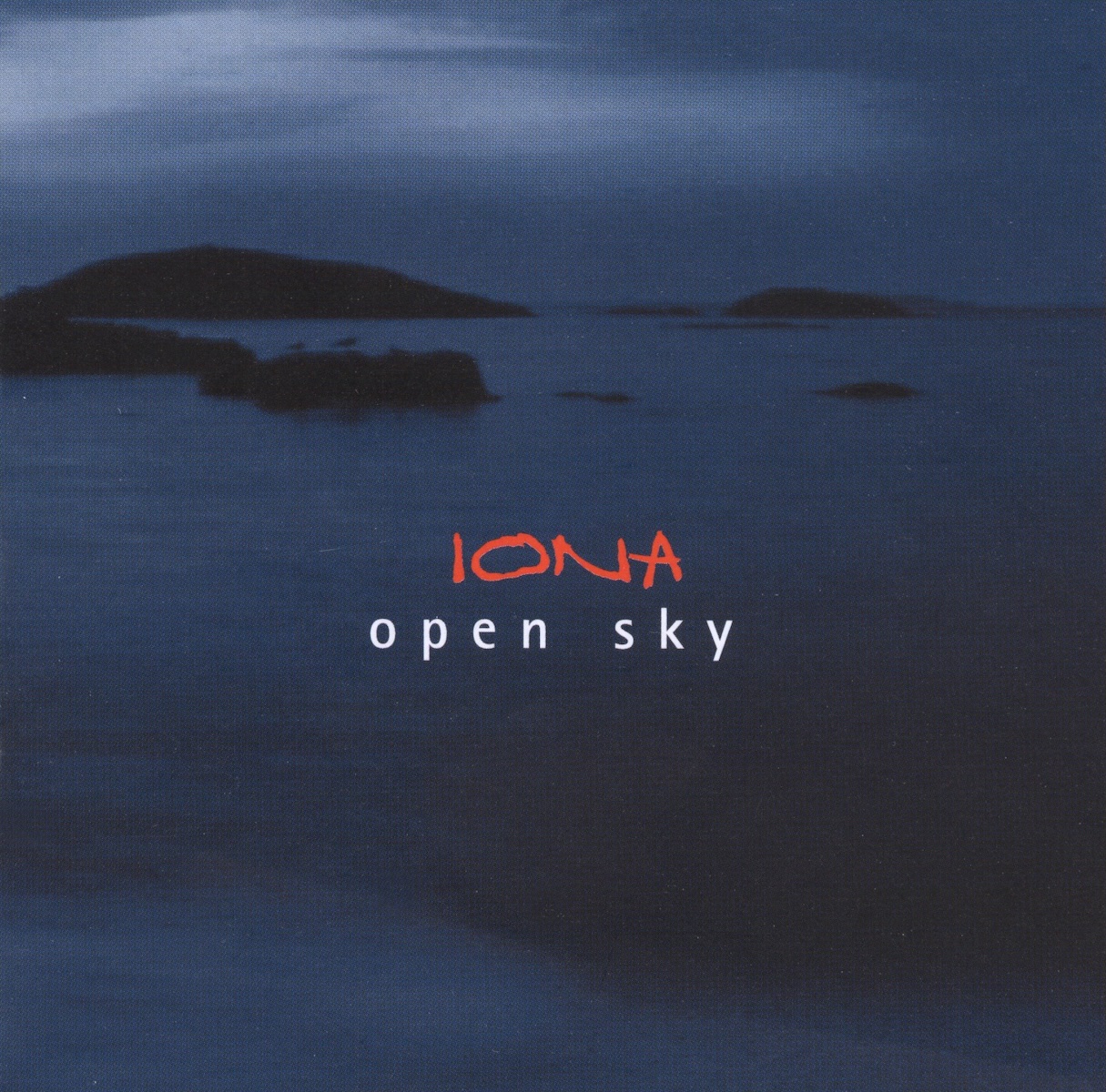
Released 25 years ago today, this is the fifth studio album from progressive rock band Iona. This recording was I think my first ever exposure to the genre of "progressive rock", which mixes a lot of genres, often has long instrumental interludes or even whole songs, and doesn't really conform to radio pop/rock singles and other norms. This album is a beautiful collection of songs that are sometimes rock, sometimes very poignant, lush instrumentals as if from some unseen movie soundtrack, and sometimes is a Celtic folk jam. Joanne Hogg's vocals bring a very ethereal quality to the music and the musicians in the band are superb, playing normal pop/rock band instruments but also violins, e-bow, uillean pipes and so much more. Lyrically, on the songs there are lyrics, they speak of the beauty of nature and of a higher power that made this world. Though Iona has many great albums, I think this is still my favorite overall of their releases, and this is one of my favorite albums of all time, no doubt. Give it a listen and play it loud if you want a great musical experience.
Release Year: 2000
Listen on Apple Music
Listen on Spotify
Album Of The Day: So You Wanna Go Back To Egypt... by Keith Green
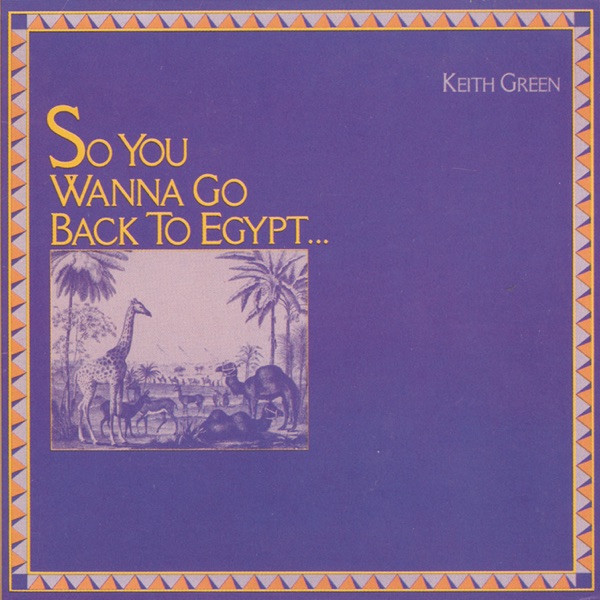
Released 45 years ago today, this is the third album from Christian music pioneer Keith Green. When I think of piano-based rock, I think of Billy Joel and Elton John first, but Keith Green is definitely someone on my radar as a member of that genre. This album is definitely a piano pop/rock album, with Green crafting 10 songs that present the Gospel of Jesus Christ to listeners in an engaging musical style for the era. It definitely feels like a late-'70s/early-'80s album, but it sounds a bit less dated than most of the albums from the mid-'80s or early '90s. Despite first releasing this album independently for free, the quality of the recording and the musicianship is very good, I think. I guess Bob Dylan even plays harmonica on a track or two. The title track opens the album with a somewhat funny rock song about the Israelites of the Bible pining to leave the desert and return to slavery in Egypt. And probably the most well-known song on this album is "O Lord, You're Beautiful", a song of praise and longing to draw closer to God. As far as I'm aware, I haven't listened to this album much in the past, but I liked it and it's a Christian music classic.
Release Year: 1980
Listen on Apple Music
Listen on Spotify
Album Of The Day: Death In Reverse by Jeremy Casella

Released 11 years ago today, this is the fourth album from independent singer/songwriter Jeremy Casella. This album is a beautiful reflection on working through those hard moments in life as well as a reminder of the hope that keeps us going. Jeremy crafts consistently good songs and this album is no different. The lyrics have lots of religious language, but no matter if that interests you or not, it's a well-crafted pop/rock album with top-notch musicians bringing the songs to life. I think slower songs like "Let It All Go" and "Beauty Leads The Way" stick in my memory the most, and of course I love an epic closing track like "The City Of The Lord" along with the rest of the album. Please check out Jeremy's music if you haven't done so yet.
Release Year: 2014
Listen on Apple Music
Listen on Spotify
Buy on Bandcamp
Album Of The Day: Summer Of Darkness by Demon Hunter

Sometimes it's fun to listen to some screaming, yelling and heavy guitars. Released 21 years ago yesterday, this is the second album from long-time metal band Demon Hunter and is the first album of theirs I ever heard. For most of it, vocalist Ryan Clark is screaming about dark-sounding topics, but still doing it with some hope and purpose to the music. "Not Ready To Die" is a great album opener and "My Heartstrings Come Undone" finds Clark singing a bit more in a slower ballad. It's the Demon Hunter album I've listened to the most and I think my favorite album of theirs overall. It's certainly not the type of music I listen to very often, but their brand of metal is fun to listen to at full volume from time to time. Ryan Clark does Graphic Design with his brother Don Clark for many musical releases and other projects as his main job, though Demon Hunter is certainly a side job that keeps him busy. And I love their creative album artwork on all their albums.
Release Year: 2004
Listen on Apple Music
Listen on Spotify
Album Of The Day: If You Say Go by Vineyard Music USA
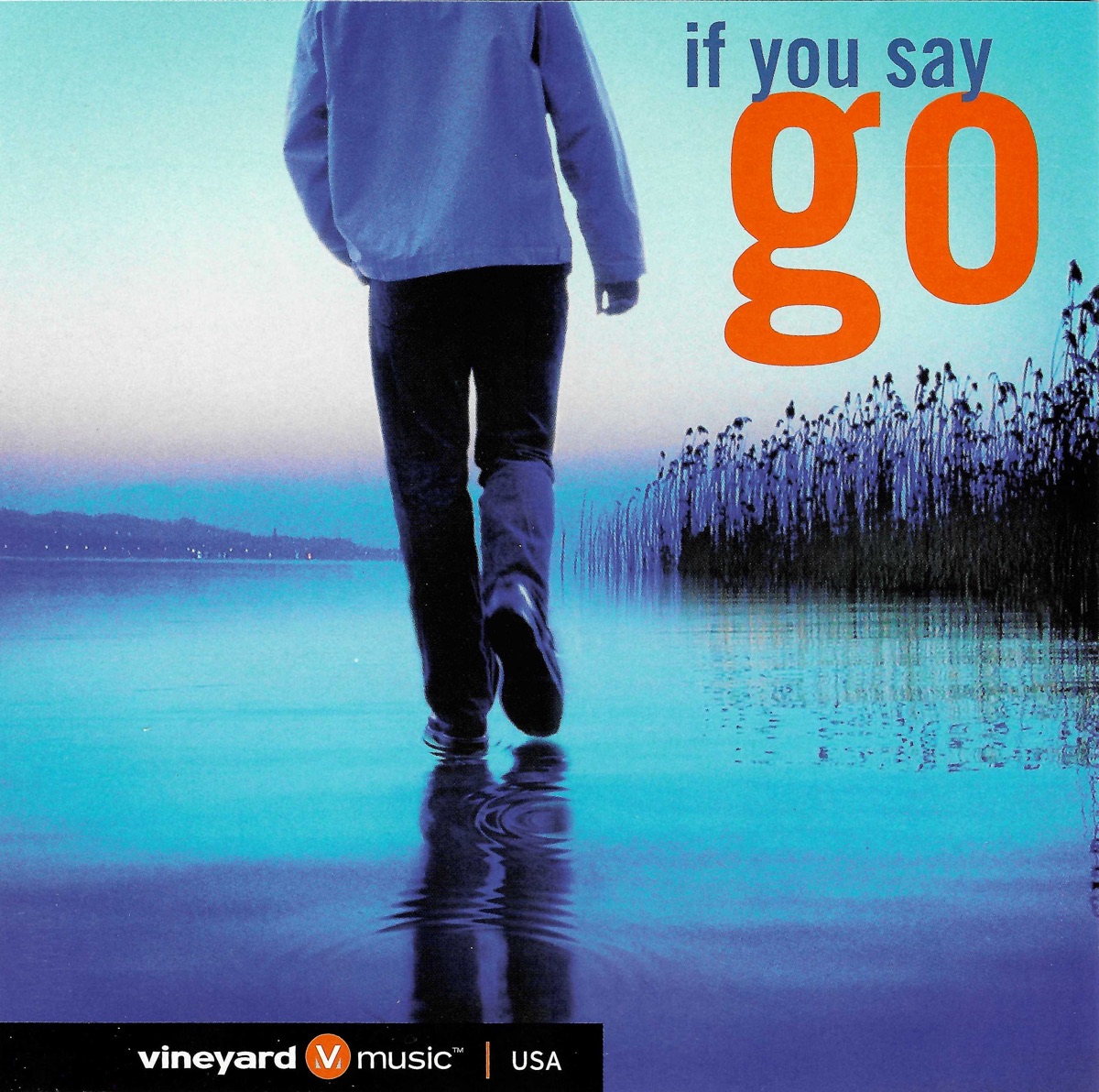
Vineyard Music was one of the pioneers of modern worship music; of recording live services and not using hymns, but instead writing new pop/rock songs of praise and worship to God for services. By the early 2000s, Vineyard Music was releasing a steady stream of albums, and many of them, especially from the UK churches, sold really well. But in February 2002, this recording was made in the midwest of America, at a Vineyard church in Minneapolis, Minnesota, USA. This worship team wrote some new songs and used a few old Vineyard songs for a quality album of worship. Starting with The Violet Burning's "Invitacion Fountain" which is a great opener, the album goes on with beautiful songs like "If You Say Go" and "My One Desire". The musical style is maybe a bit more rock than some other Vineyard releases, and I like it. Sadly, streaming doesn't have the 9-minute closing track "My Everything" for some reason that my CD copy has, but it's still a solid album from Vineyard that I still listen to on occasion, like today.
Release Year: 2002
Listen on Apple Music
Listen on Spotify
Album Of The Day: The Chess Hotel by The Elms
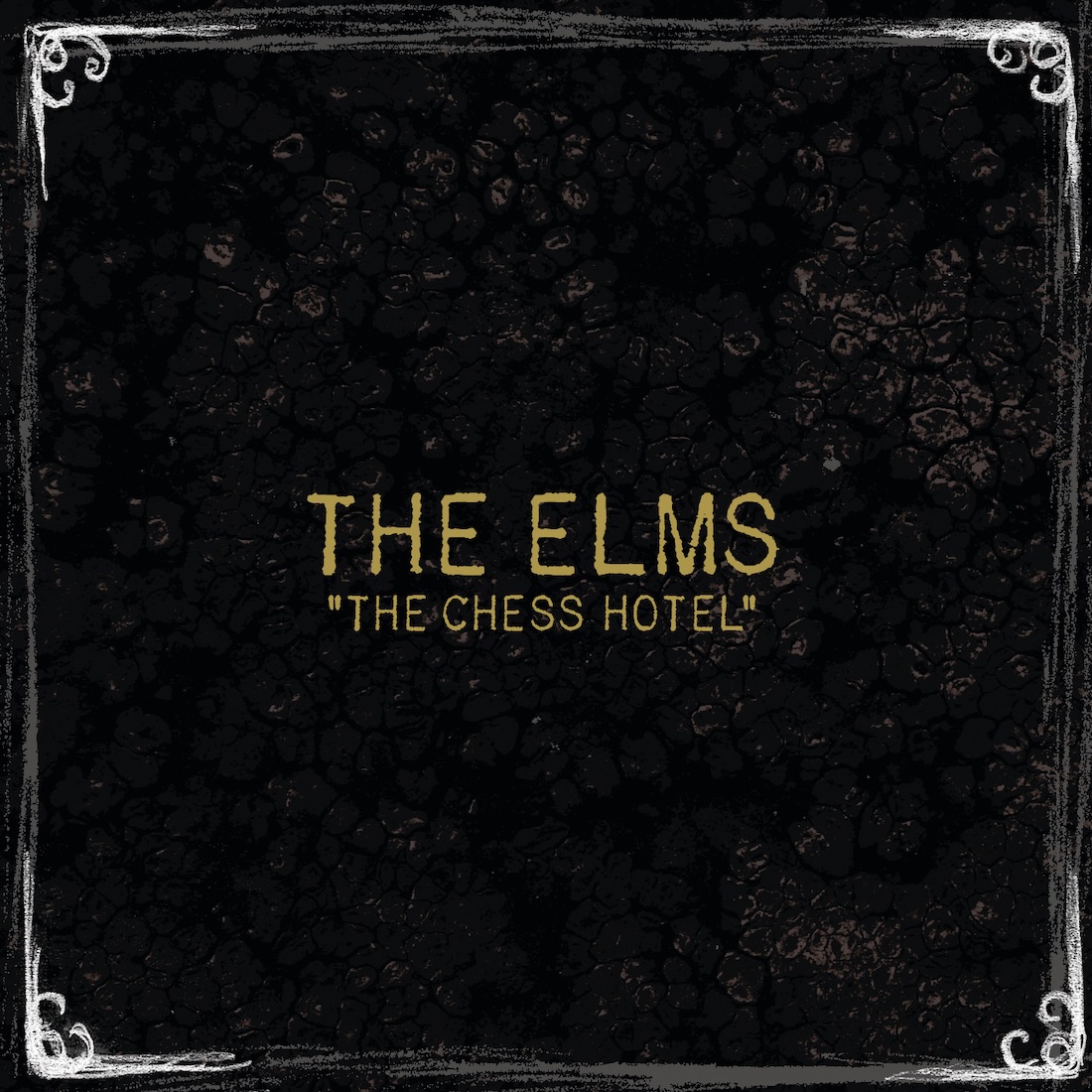
"Who puts rock 'n' roll in your blood?" Released on this day 19 years ago, this is the third album from midwestern rock band The Elms. Possibly inspired by The Black Keys, this album has a rougher, blues rock edge to it than their previous albums and Thom Daugherty's excellent guitar work defines the sound of this band. This album keeps the energy and passion up at a 10 throughout and the music and the lyrics work as a soundtrack to middle-class Americans in small towns across the midwest. A favorite track of mine is the epic "The Towers And The Trains" which rocks out for over 5½ minutes. This may be their best album overall, though the lyrical content is a bit dark in spots, and I'm totally looking forward to this fall's reunion concert. "We put rock 'n' roll in your blood!"
Release Year: 2006
Listen on Apple Music
Listen on Spotify
Buy the 4-LP set and/or final concert DVD from the band

Album Of The Day: The Ringing Bell by Derek Webb
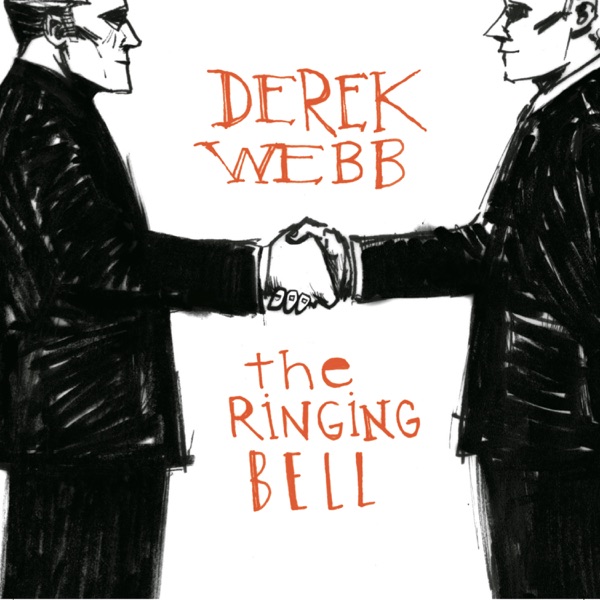
Released on this day 18 years ago, this is the fourth solo album from Derek Webb, who also is a member of the folk/rock super-group Caedmon's Call. I like this because it's a short but fun rock album. Maybe I like Derek because he's a bit of a rebel, but I find it a bit fun and honest to question our politicians and our human leaders. But I'm also a sucker for some guitar and piano-based rock, and this album delivers that in spades. I loved seeing Derek and his wife at that time, Sandra McCracken, at my local live music venue shortly after this album came out on tour. It was like my tribe came to my town and put on a rock show just for me, though there were others there too.
Release Year: 2007
Listen on Apple Music
Listen on Spotify
Album Of The Day: Adventures In Technicolour by Imperial & Kinetik
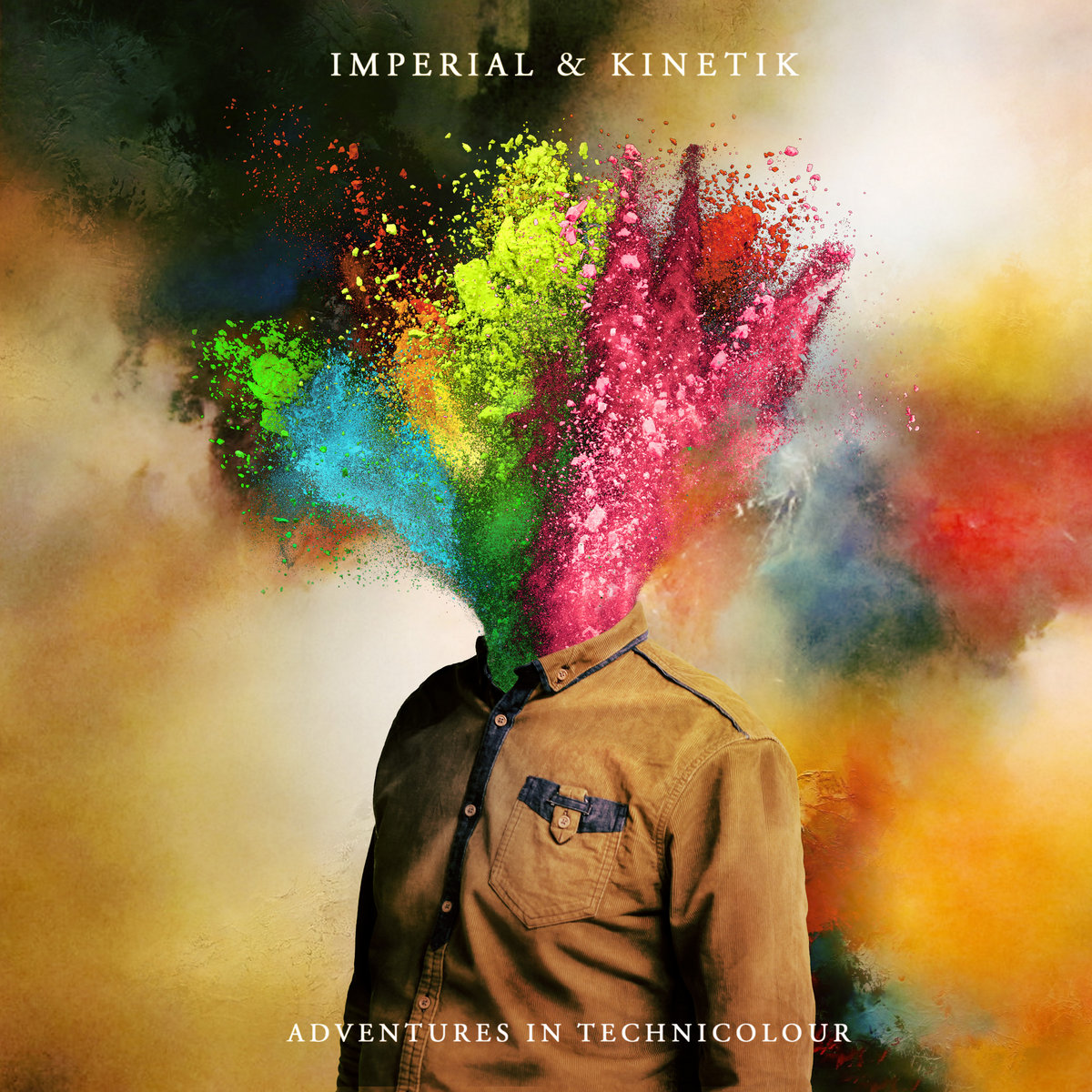
Released 9 years ago earlier this month, this is an album from two British hip-hop heads: DJ/Producer Imperial and rapper Kinetik. I'll be honest, I partially checked out this album because the album cover art was so cool. And when I gave it a listen, I found the music was just as cool. Imperial's beats are high-quality and so fun to listen to. And Kinetik's raps are excellent; I love that British accent. Maybe I haven't been listening to enough Conscious Hip-Hop for the past decade, but much of the genre feels a bit underground and an acquired taste. However, I feel like Adventures In Technicolour sounds as good as and just like mainstream hip-hop. I don't know; maybe I just need to listen to more hip-hop. If you like some stylish rap that has more to say than just bragging about money and girls, give this album a listen and let me know what you think.
Release Year: 2016
Listen on Apple Music
Listen on Spotify
Buy on Bandcamp
Album Of The Day: Live The Life by Michael W. Smith

Released on this day 27 years ago, this is my favorite album Michael W. Smith has released and it was the first one I owned on CD. By this time of being about 15 years into his music career, Michael W. Smith had finally grown out of his '80s pop phase and delivered a quality album of Christian pop songs. "Love Me Good" is fun pop tune with fairly silly lyrics. "Live The Life" and "Missing Person" show that this normally keyboard-focused artist had a bit of a guitar-based pop side to him. "In My Arms Again" was originally written for the "Titanic" movie soundtrack but didn't make it, and it's a good love song that finds its place here. And "Song For Rich" is a brief woodwind instrumental that honors the passing of label-mate Rich Mullins. This album is full of great songs like "I Believe In You Now" and "Don't Give Up", and it's a good album to listen through if you've never heard Michael W. Smith's pop music before or just haven't listened to it for a number of years.
Release Year: 1998
Listen on Apple Music
Listen on Spotify
Album Of The Day: Great River Road by Jason Upton

Released 20 years ago yesterday, this was only one of three albums recorded by Jason Upton that was released through a record label; another 16 albums have been only released independently. Jason Upton's music is a type of worship music, though it's definitely a bit different from most modern worship bands. Upton plays the keyboard and sings, and often has a cello or violin as well as other mostly acoustic instruments in his band, though there's some electric guitar on occasion. Upton's songs mix personal stories with scripture and are often fairly spontaneous is nature. The songwriting is good, his passion for God is palpable, and his team of musicians are excellent. On this album, a number of tracks, especially "Great River Road" and "Chop Down The Tree", contain flute, drumming, and vocals from Native American musician Bill Miller. The album ends with a beautiful cover of the Keith Green song "You Are The One". It's a great album and you should check out Jason Upton if you haven't heard his unique brand of music. Unfortunately, this album seems to be not currently on streaming services, so you might have to find a CD copy to give it a listen, or check out some of his other albums.
Release Year: 2005